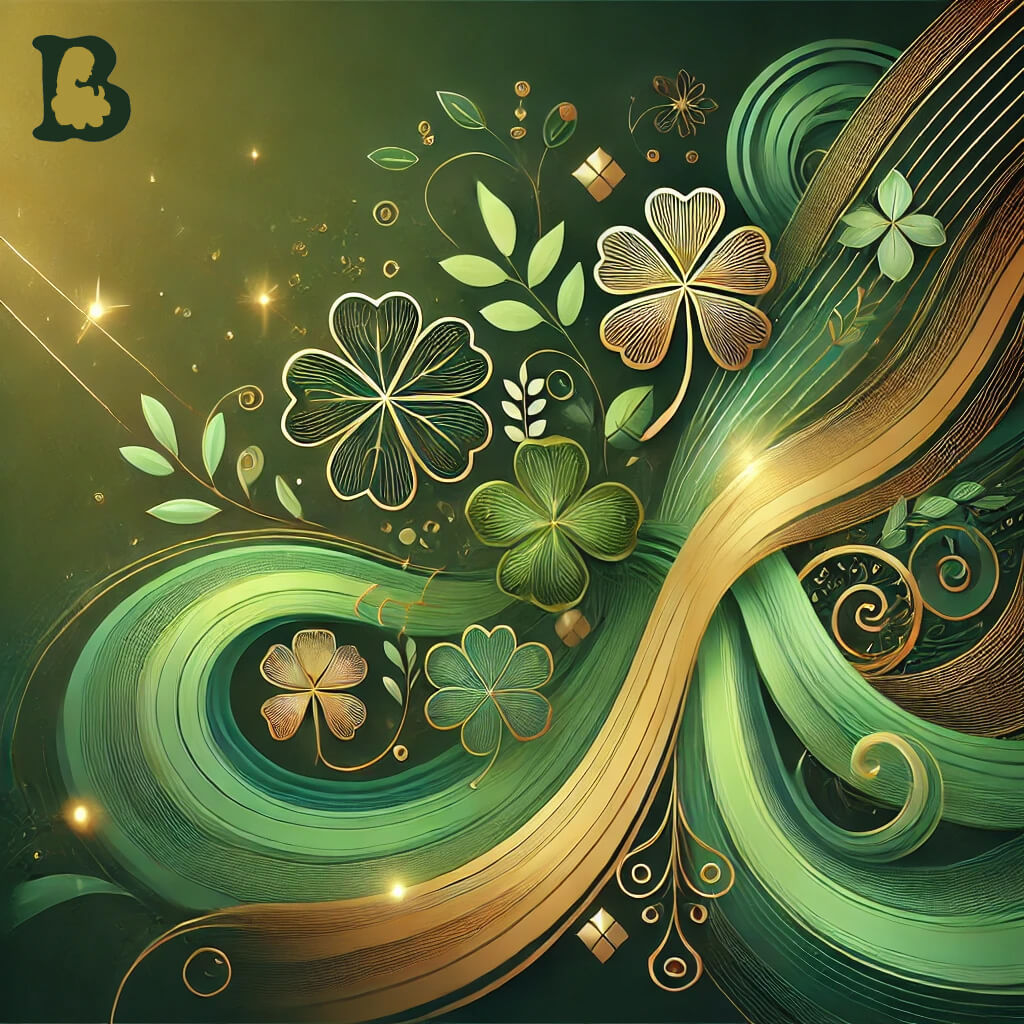Color and Culture: How Color is Perceived in Different Countries

“Color and Culture in Different Countries” is a topic dedicated to studying how people in various cultures and countries perceive colors and what associations different shades evoke. Colors carry strong symbolism, and their perception can vary depending on cultural, historical, and social factors.
Examples of color perception in different cultures:
- Red:
- China: Red is associated with luck, happiness, and celebration. It is the color of weddings and the New Year.
- India: Symbolizes passion and purity, often used at weddings.
- Western countries: Red can signify love and passion, but also danger or warning.
- White:
- Western countries: White symbolizes purity, innocence, weddings, and holiness.
- Eastern countries (e.g., China, India): White is often associated with mourning and funerals, symbolizing death and farewell.
- Black:
- Western countries: Black is associated with elegance, power, but also mourning, death, and negative connotations.
- African countries: In some African cultures, black can be associated with creation and maturity.
- Yellow:
- China: Yellow is associated with imperial power, wealth, and prestige. In the past, only members of the imperial family could wear yellow clothing.
- Western countries: Yellow often symbolizes joy, optimism, and energy, but in some cases, it can also be linked to cowardice or betrayal.
- Mexico: Yellow can be associated with mourning and is used at memorial events.
- Green:
- Islamic countries: Green is a sacred color associated with religion, prosperity, and nature. It symbolizes life and renewal.
- Western countries: Green is associated with nature, health, and ecology, and also symbolizes luck (e.g., a four-leaf clover).
- China: Green can sometimes have a negative meaning when referring to a “green hat” — a symbol of infidelity.
- Blue:
- Greece: Blue is considered a protective color and is used in amulets to ward off the evil eye.
- Western countries: Blue often symbolizes calmness, trust, and stability. It is widely used in business and marketing.
- India: Blue can be associated with the Hindu god Krishna, symbolizing love and divinity.
- Purple:
- Western countries: Purple is associated with luxury, royalty, and spirituality. In the past, it was available only to aristocrats.
- Brazil: Purple can symbolize mourning and is used at funerals.
Importance of Understanding Cultural Color Perception
Colors can influence brand perception, people’s moods, and even decision-making. In marketing and web design, it is important to consider cultural differences in color perception to avoid misunderstandings and create more effective audience engagement.
Application in Design and Marketing
- International Marketing: When entering international markets, companies need to consider cultural associations with colors to avoid mistakes that could harm the brand’s reputation.
- Brand Localization: Brands often adapt their color palette to the local culture to resonate better with the target audience. For example, a brand might use red in Chinese advertising campaigns to emphasize luck and prosperity.
Thus, color and culture are closely intertwined, and understanding this aspect is a crucial element of a successful visual and marketing approach when working with international audiences.